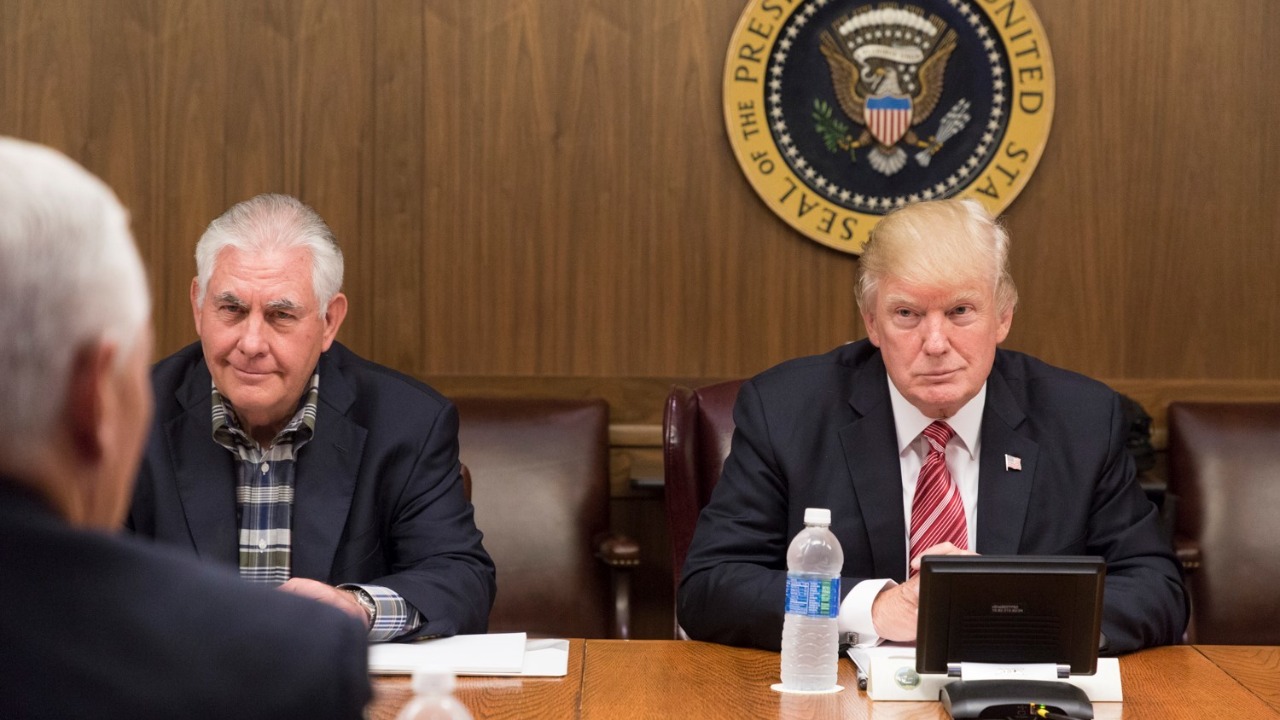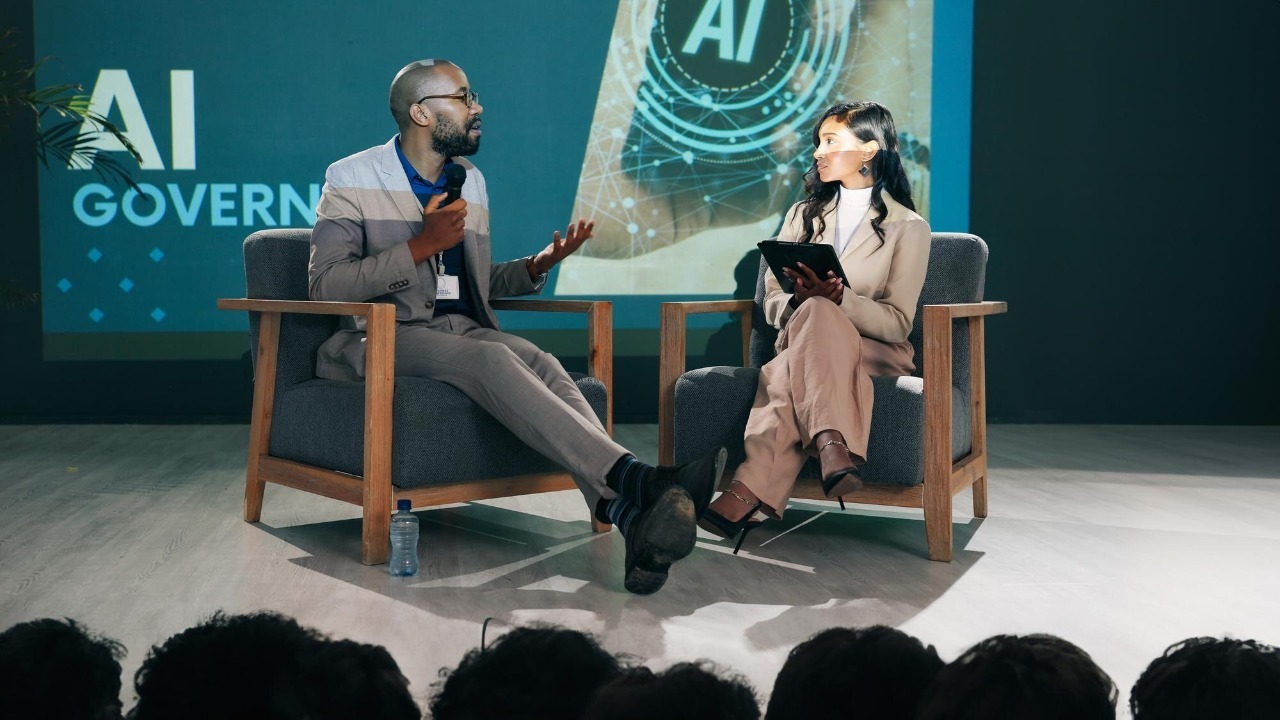
In a significant move impacting workplace artificial intelligence, the Equal Employment Opportunity Commission (EEOC) has decided to close all pending disparate impact investigations by September 30, 2025. This decision follows a recent executive order by the Trump administration, which declared disparate-impact liability to be unlawful. The changes are expected to have widespread implications for AI deployment in workplaces.
The EEOC’s Decision to End Disparate Impact Claims

The EEOC announced its decision to close all pending disparate impact investigations by September 30, 2025. This move marks a significant shift in how employment discrimination claims are handled, particularly those involving AI technologies. The decision aligns with the Trump administration’s recent executive order, which seeks to eliminate disparate-impact liability. According to JD Supra, the EEOC’s decision is seen as a direct response to the executive order, reflecting a broader policy shift towards limiting regulatory oversight in employment practices.
Analysts suggest that the EEOC’s decision may be motivated by a desire to streamline regulatory processes and reduce the burden on employers. The closure of these investigations could potentially lead to a more business-friendly environment, encouraging companies to adopt AI technologies without the fear of legal repercussions related to disparate impact claims. However, this move has also raised concerns among civil rights advocates who argue that it could undermine protections against discrimination in the workplace.
The alignment of the EEOC’s decision with the Trump administration’s executive orders highlights a coordinated effort to reshape the legal landscape surrounding employment discrimination. As noted by Mayer Brown, this policy shift is part of a broader strategy to reduce regulatory constraints on businesses, particularly in the rapidly evolving field of AI.
In addition to aligning with the executive order, the EEOC’s decision reflects a broader trend of deregulation under the current administration. As noted by JD Supra, this move is part of a strategic effort to create a more predictable legal environment for businesses, particularly those investing in cutting-edge technologies like AI. By reducing the regulatory hurdles associated with disparate impact claims, the EEOC aims to foster an environment where innovation can thrive without the constant threat of litigation.
Moreover, the decision is expected to influence how companies approach compliance and risk management. Organizations may need to reassess their internal policies and training programs to ensure they are not only legally compliant but also ethically sound. This could involve a shift towards more proactive measures in identifying and addressing potential biases in AI systems before they become problematic. As companies navigate this new landscape, they may also seek guidance from legal experts to better understand the implications of these regulatory changes on their operations.
Impact of Trump’s Executive Order on Disparate Impact Liability

The Trump administration’s executive order, issued on April 24, 2025, declared disparate-impact liability unlawful, fundamentally altering the legal framework for employment discrimination claims. This order is part of a broader effort to reduce regulatory burdens on businesses and promote innovation in AI technologies. According to SHRM, the executive order argues that disparate-impact liability imposes undue constraints on employers, potentially stifling innovation and economic growth.
The rationale behind the executive order is to encourage the adoption of AI technologies by removing legal uncertainties associated with disparate impact claims. As reported by The National Law Review, the order suggests that eliminating disparate-impact liability will foster a more dynamic and competitive business environment, allowing companies to leverage AI for improved efficiency and productivity.
However, the implications of this executive order extend beyond legal and regulatory considerations. The removal of disparate-impact liability could lead to significant changes in how AI is deployed in workplaces, affecting everything from hiring practices to performance evaluations. As noted by Workforce Bulletin, the order may encourage companies to invest more heavily in AI technologies, potentially transforming the landscape of human resource management.
Implications for Workplace AI Deployment

The end of disparate impact claims is poised to significantly affect the development and deployment of AI in workplaces. With the removal of legal constraints, companies may feel more confident in implementing AI-driven solutions for various HR functions, such as recruitment, performance management, and employee engagement. According to Workforce Bulletin, this could lead to increased efficiency and cost savings for businesses, as AI technologies can streamline processes and reduce the need for manual intervention.
However, the new legal framework also presents potential risks for employers. Without the safeguard of disparate-impact liability, there is a concern that AI systems could inadvertently perpetuate or even exacerbate existing biases in the workplace. Employers will need to be vigilant in ensuring that their AI systems are designed and implemented in a way that promotes fairness and equity. This may involve investing in bias detection and mitigation tools, as well as ongoing monitoring and evaluation of AI-driven processes.
Beyond the immediate implications for AI deployment, the regulatory changes could have broader impacts on human resource practices. As companies increasingly rely on AI to make critical employment decisions, there is a growing need for transparency and accountability in how these technologies are used. This may lead to the development of new industry standards and best practices for AI-driven HR processes, as well as increased scrutiny from stakeholders, including employees, regulators, and the public.
Reactions from Stakeholders and Experts

The EEOC’s decision and the Trump administration’s executive order have elicited a range of reactions from stakeholders and experts. Legal experts and industry stakeholders have expressed mixed views on the potential impact of these changes. Some see the removal of disparate-impact liability as a positive step towards reducing regulatory burdens and promoting innovation, while others are concerned about the potential for increased discrimination in the workplace. According to The National Law Review, there is a growing debate over the balance between fostering innovation and protecting workers’ rights.
Civil rights organizations have voiced concerns about the removal of disparate-impact liability, arguing that it could undermine efforts to address systemic discrimination in the workplace. As reported by SHRM, these organizations are calling for increased oversight and accountability to ensure that AI technologies are used in a fair and equitable manner.
AI developers and tech companies are also responding to the new regulatory landscape. Many are exploring ways to enhance the transparency and fairness of their AI systems, recognizing the importance of maintaining public trust and avoiding potential legal challenges. As noted by Workforce Bulletin, some companies are investing in advanced bias detection and mitigation tools, while others are developing new frameworks for evaluating the impact of AI on employment practices.